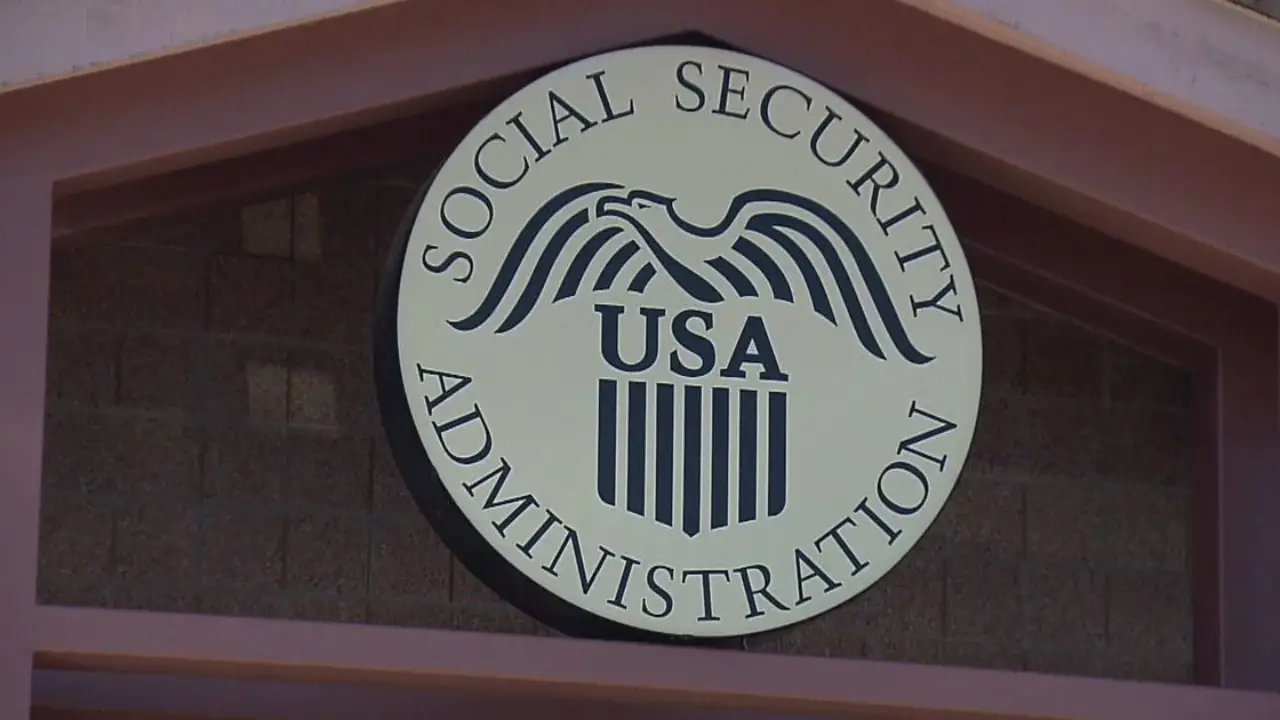Social Security is an essential safety net for millions of Americans, providing financial support to retired workers, their spouses, and dependent children. The Old-Age, Survivors, and Disability Insurance (OASI) fund, which finances these benefits, plays a crucial role in ensuring that people can live comfortably after retirement or during times of disability. However, recent projections have raised concerns about the program’s future, particularly as we approach 2033.
The Current Situation: OASI Fund’s Projections
The OASI fund, which is primarily responsible for retirement benefits, is facing a significant financial challenge. According to the official report, Social Security and Medicare: Financial Perspectives 2025, the OASI fund will be able to pay full benefits only until 2033. After that, without any changes, the program’s income will be able to cover only 79% of the promised benefits. This projected shortfall poses a major concern for those who rely on Social Security for their financial security in retirement.
The OASI fund supports millions of retired workers, their spouses, and dependent children. For many, Social Security is their primary or even sole source of income after retirement. As the population continues to age, the number of beneficiaries increases, putting additional pressure on the OASI fund. In short, without changes, millions of Americans could see a reduction in their Social Security benefits after 2033.
The Stability of the SSDI Fund
While the OASI fund faces a financial shortfall, the Social Security Disability Insurance (SSDI) program is in a much more stable position. The SSDI fund, which provides benefits to individuals who have become permanently disabled and are no longer able to work, is projected to continue paying 100% of scheduled benefits until at least 2098. This makes the SSDI fund much more secure compared to the OASI fund.
Although they are separate programs, the OASI and SSDI funds have been part of ongoing discussions about merging them into a combined system called OASDI. Combining the two funds could offer a more sustainable solution to the financial challenges faced by the OASI program. If the funds were merged, they could pay 100% of benefits until 2035, after which they would cover about 83% of the promised payments.
What Does This Mean for You?
For those nearing retirement, the possibility of reduced benefits after 2033 is a serious concern. If Congress does not take action, retirees may face a situation where their Social Security benefits are significantly reduced. While it is not yet clear how large the cuts might be, the reality is that many people could find themselves receiving far less than they were expecting.
For younger individuals, the situation is equally concerning. They may not be as dependent on Social Security today, but they need to consider the possibility that their benefits may be adjusted in the future. As part of their financial planning, they should consider the potential for reduced Social Security benefits and prepare accordingly.
Proposals for Reform
To address the projected shortfall in the OASI fund, various proposals have been put forward. One key proposal involves gradually increasing payroll taxes. Currently, workers pay a portion of their income into the Social Security system, but some experts believe that increasing the payroll tax rate could help bridge the gap between income and promised benefits.
Another proposal is to raise the retirement age. As life expectancy continues to rise, some argue that the age at which people can begin receiving Social Security benefits should also increase. This would reduce the number of years that people draw benefits, helping to extend the life of the fund.
A third proposal involves reducing benefits for those who are not yet retired. This option aims to reduce future payments to younger workers, who may not rely on Social Security as heavily as older workers. Although this could help preserve the fund, it may be controversial, as it could mean a reduced level of financial support for future generations.
These proposals are already being discussed in Congress and are likely to remain a major topic of debate in the years to come. The 2028 election campaign is expected to bring Social Security to the forefront of political discourse, with voters demanding solutions to the program’s challenges.
SSDI Fund Stability and the Role of Legislative Action
Although the SSDI fund remains financially stable for now, the potential merger of the OASI and SSDI funds remains a topic of discussion. If the two funds were combined, they could help ensure that both retirement and disability benefits remain secure for the foreseeable future.

However, even with this potential merger, beneficiaries may still face cuts after 2035, and the debate on how to fund these changes will likely dominate political discussions in the coming years.
The Social Security system is not bankrupt, but it is facing serious financial challenges that require immediate attention. As time runs out before 2033, lawmakers must act to ensure that beneficiaries receive the full support to which they are entitled.
Preparing for the Future
For anyone currently relying on Social Security or expecting to rely on it in the future, it is essential to plan for potential changes to the program. Whether you’re nearing retirement or just starting to think about it, understanding the potential for reduced benefits is essential. Younger workers, in particular, should be aware of the need to save for retirement independently, as the future of Social Security remains uncertain.
If you are currently receiving Social Security Disability Insurance, you can take comfort in the fact that the SSDI fund is stable for now. However, it is essential to stay informed about potential changes to the system, as the conversation around Social Security is likely to intensify in the coming years.
Why It’s Critical to Act Now
The decisions made in the next few years will have a lasting impact on the financial security of millions of Americans. With the OASI fund projected to face a shortfall by 2033, time is running out to make the necessary changes to ensure that Social Security remains a reliable source of income for future generations.
Now is the time for lawmakers to act and for citizens to become more engaged in the debate about the future of Social Security. The outcome of this debate will shape the financial future of millions of Americans for years to come.
Disclaimer: This article has been meticulously fact-checked by our team to ensure accuracy and uphold transparency. We strive to deliver trustworthy and dependable content to our readers.




